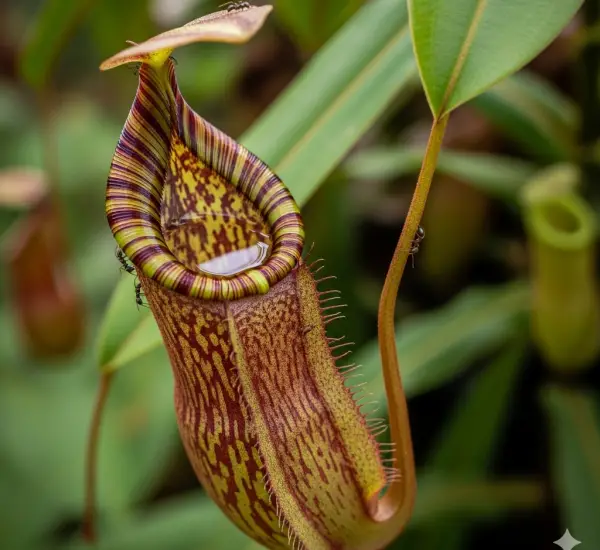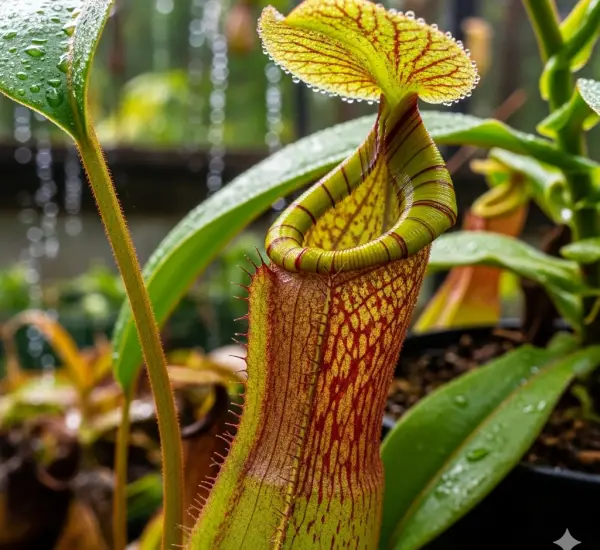Grapefruits are not only refreshing and packed with vitamin C, but their trees also make beautiful additions to gardens and patios. While most people buy grafted trees from nurseries, growing a grapefruit tree from seed is entirely possible and incredibly rewarding. Though it requires patience, the process is simple and doesn’t demand any special tools—just time, care, and a bit of consistency.
Whether you’re looking to grow a fruit-bearing tree or a decorative indoor plant, starting your grapefruit tree from seed is a satisfying project. Here’s everything you need to know, from selecting and preparing the seed to planting and caring for the young tree.
Step 1: Choose and Extract Viable Seeds
Start by selecting a fresh, organic grapefruit. Organic fruits are less likely to have been treated with growth-inhibiting chemicals that could prevent germination.
Instructions:
-
Cut the grapefruit carefully and remove several seeds.
-
Rinse the seeds thoroughly under cool water to remove pulp and juice. Any leftover fruit residue can cause mold during the germination process.
-
For better results, select plump, mature seeds that aren’t damaged or shriveled.
Step 2: Peel the Seed Coat (Optional but Recommended)
Grapefruit seeds have a tough outer shell that can slow down the germination process. Carefully peeling this coating can speed things up and improve the germination rate.
Instructions:
-
Use your fingernails or tweezers to gently remove the thin brown seed coat.
-
Be careful not to damage the white inner seed.
This step isn’t mandatory but helps the seed sprout faster by reducing the barrier for water and air to reach the embryo.
Step 3: Pre-Germinate Using the Paper Towel Method
Before planting the seeds in soil, it’s helpful to germinate them in a moist, controlled environment.
Materials:
-
A few paper towels
-
A zip-lock plastic bag
-
A spray bottle with water
Instructions:
-
Dampen the paper towel with water (avoid soaking).
-
Place the peeled seeds inside the towel, spaced apart.
-
Fold the towel over the seeds and place it inside the plastic bag.
-
Seal the bag and store it in a warm, dark place like a cupboard.
-
Check daily to ensure the paper towel stays moist but not wet.
-
In 7 to 14 days, you should see small roots emerging from the seeds.
Step 4: Transfer to Soil
Once the seeds have sprouted, it’s time to plant them in soil.
Materials:
-
Small pots with drainage holes
-
Potting mix (a mix designed for citrus or general-purpose potting soil with good drainage)
-
Spray bottle or watering can
Instructions:
-
Fill the pots with moist potting mix.
-
Make a small hole about 1.5–2 cm deep and place the sprouted seed root-side down.
-
Lightly cover with soil and mist gently with water.
-
Place the pots in a warm, sunny spot or near a bright window.
Step 5: Care for the Seedlings
Once the seedlings emerge, they need consistent care to grow into healthy young trees.
Light:
Grapefruit trees love sunlight. Ensure your seedlings receive at least 6 hours of bright, indirect sunlight daily. If growing indoors, a grow light may be helpful in low-light environments.
Water:
Keep the soil moist but not soggy. Water when the top inch of soil feels dry. Overwatering can lead to root rot, so good drainage is crucial.
Temperature:
Grapefruit prefers warm conditions. Keep the temperature between 20–28°C (68–82°F) for optimal growth.
Transplanting:
As the seedlings grow, transfer them to larger pots. If you live in a warm climate, you can plant them outdoors after they’ve grown strong and the risk of frost has passed.
When to Expect Fruit
Growing a grapefruit tree from seed is a long-term project. While you may get a strong, healthy tree, it can take 6 to 10 years or more before it begins to bear fruit. Also, fruit grown from seed may differ from the parent fruit in size or taste, since grapefruit trees do not always produce true-to-type from seed.
If you’re more interested in the foliage and ornamental value, growing from seed is a fantastic option. For quicker fruiting, many gardeners eventually graft their seed-grown saplings with mature citrus wood.
Final Thoughts
Growing a grapefruit tree from seed is a fun and educational process that anyone can try—whether you’re a gardening enthusiast or a curious beginner. With a little time and consistent care, you can enjoy watching your tiny seed turn into a thriving citrus tree. Even if it never bears fruit, the glossy green leaves and fragrant blossoms make it a worthwhile addition to any indoor or outdoor garden.



